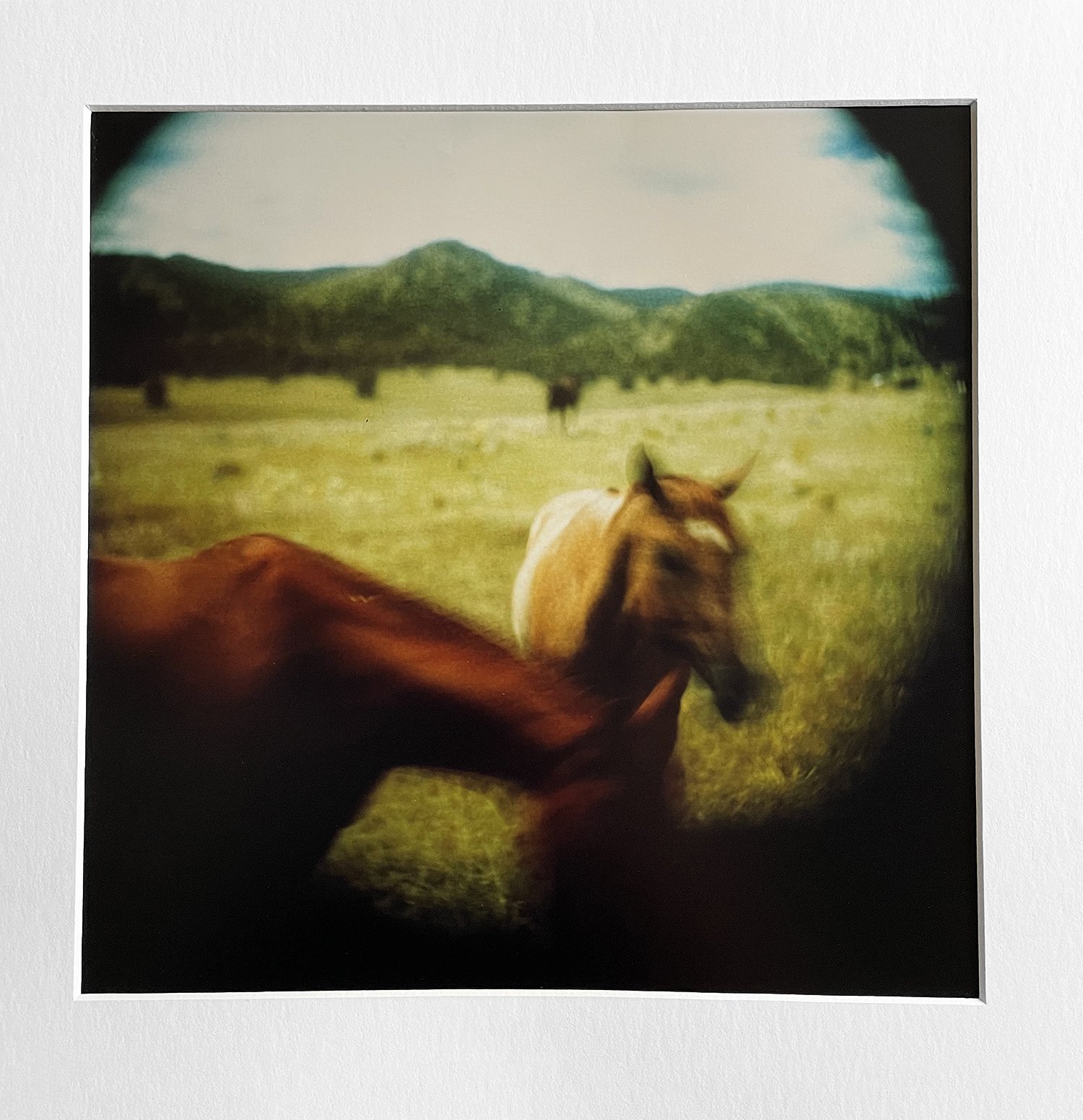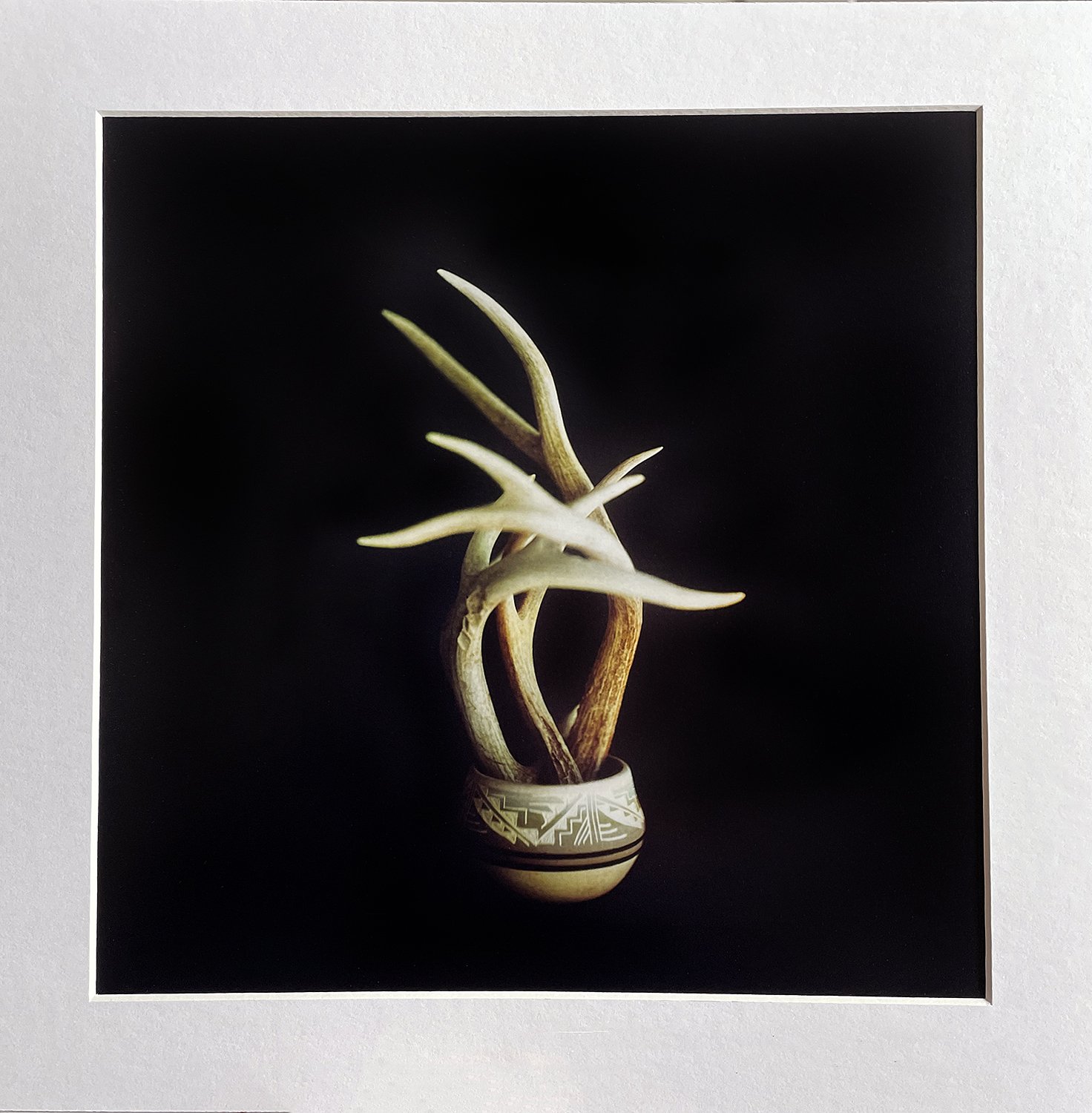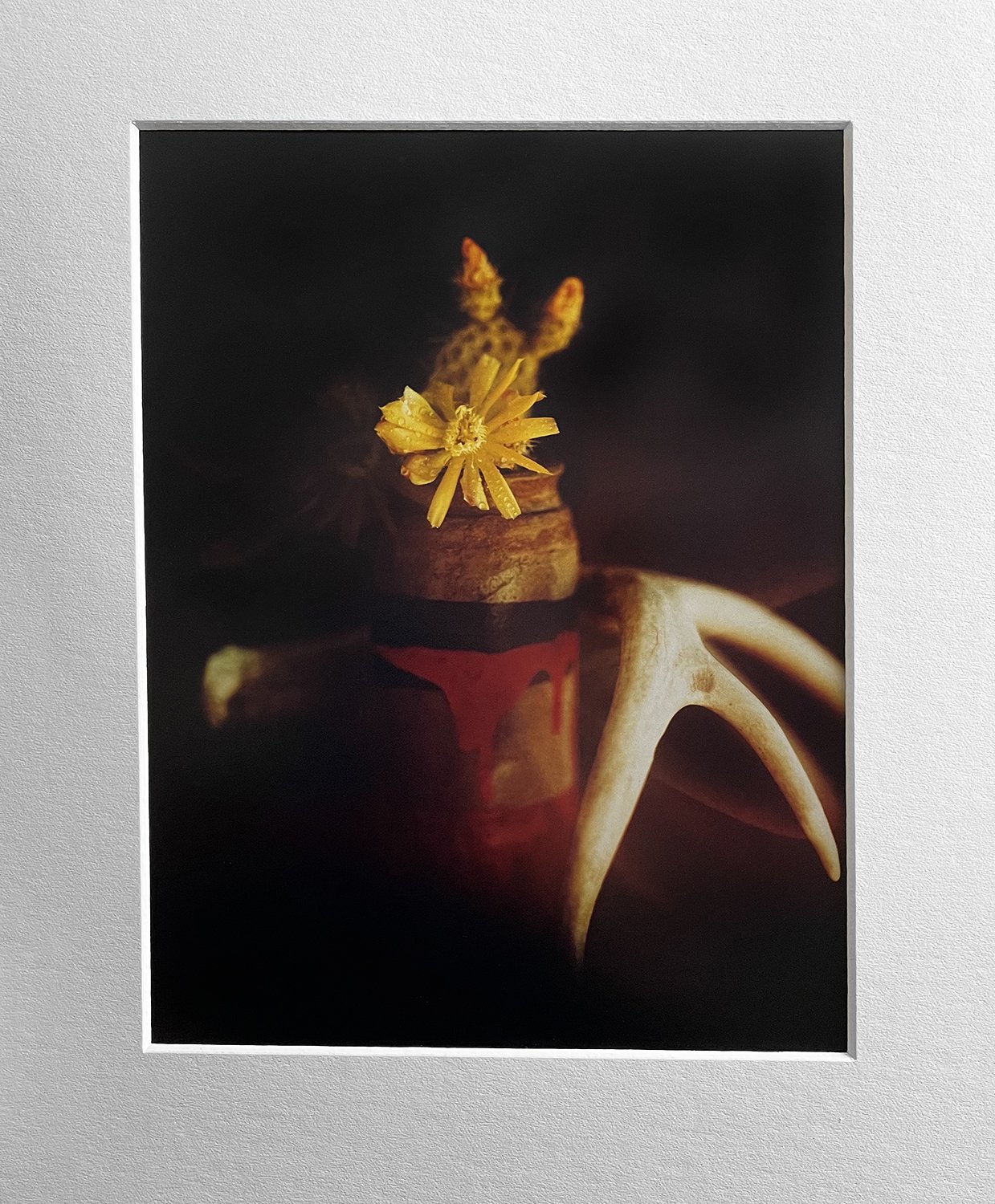“Man is literally split in two: he has an awareness of his own splendid uniqueness in that he sticks out of nature with a towering majesty, and yet he goes back into the ground a few feet in order to blindly and dumbly rot and disappear forever. It is a terrifying dilemma to be in and to have to live with.
Man has a symbolic identity that brings him sharply out of nature. He is a symbolic self, a creature with a name, a life history. He is a creator with a mind that soars out to speculate about atoms and infinity, who can place himself imaginatively at a point in space and contemplate bemusedly his own planet. This immense expansion, this dexterity, this ethereality, this self-consciousness gives to man literally the status of a small god in nature, as the Renaissance thinkers knew.
The knowledge of death is reflective and conceptual, and animals are spared it. They live and they disappear with the same thoughtlessness: a few minutes of fear, a few seconds of anguish, and it is over. But to live a whole lifetime with the fate of death haunting one’s dreams and even the most sun-filled days—that’s something else.”
THE MOST IMPORTANT QUESTIONS WE CAN ASK OURSELVES
What’s the most important question, or questions, that a human being can ask? Have you ever thought about that? I have. A lot. For me, and I believe for all humanity, the most important questions revolve around existence. Why am I here? What’s my purpose? Is there a meaning to life? If there is, what is it?
These are the questions that started me on my journey almost 40 years ago. For most of my life, I’ve used photography to explore these questions. Examining why some people are treated differently than others and pondering why the gulf between individuals exists. It was the beginning of my quest to understand what drives human behavior. There is the direct question of purpose, too. Religions were created to answer these questions, but they answer them based on faith, not empirical evidence. There’s evidence that the earliest homo sapiens invented and practiced some kind of religion. Humans have always depended on some kind of supernatural belief. Why is this? The answer is simple: to deal with the knowledge of death and quell the existential anxiety that arises from that knowledge. Death anxiety is a powerful driver in daily life, and most people never know that it is directing their lives. We do all kinds of things to distract ourselves from consciously thinking about our deaths. These distractions can be good or bad. Religions have been the main staple for staving off death anxiety for millennia. Things have changed in the last 300 years. The Enlightenment and the Industrial Revolution (technology) have given rise to people leaving religion and leaning on new constructs to quell their death anxiety. This is why Friedrich Nietzsche said, “God is dead.” He was referring to technology, money, fame, etc., freedom from religion, and personal growth. A form of terror management.
Human beings have an unconscious desire for immortality. We simply can’t face the fact of death or non-existence; it’s what we fear most, whether we know it or not, and most don’t. Ernest Becker wrote, “Man is literally split in two: he has an awareness of his own splendid uniqueness in that he sticks out of nature with a towering majesty, and yet he goes back into the ground a few feet in order blindly and dumbly to rot and disappear forever”. This quote is from Becker's 1973 book, The Denial of Death.
Pessimistic philosophers would tell you that life is a mistake. The overabundance of consciousness (the knowledge of mortality) is an evolutionary misstep. Peter Zapfee talks about the “suffering of brotherhood,” saying that the true knowledge of how much pain and suffering there is in the world is unbearable. The "brotherhood of suffering" is a concept in The Last Messiah by Peter Wessel Zapffe. In the parable, a paralyzed hunter recognizes that the animal's fear and hunger are similar to his own. The hunter then feels a great psalm about the brotherhood of suffering among everything alive.
Zapffe believed that the human condition is tragically overdeveloped and that the world is beyond humanity's need for meaning. He viewed the world as unable to provide any answers to fundamental existential questions.
While I’m not a pessimist, I can see the value of arguments like Zapffe’s. There are no answers to these big questions. There are only distractions to keep us from thinking about them. That’s what terror management theory addresses. How we distract ourselves from the reality of living—that there is no meaning or purpose in life. And that we will die and be forgotten.
The illusions or cultural constructs (cultural worldviews) we lean on to quell our death anxiety are everywhere: religion, politics, having children, getting married, sports, money, fame, degrees, awards, jobs, social status, drugs, alcohol, shopping (tranquilizing with the trivial)—anything to bolster our self-esteem and keep the existential anxiety repressed—and it works, and it works well. If you spend any time on social media, you can easily spot what people rely on to buffer their anxiety. I’ve seen people deeply identify with their vehicles, photography achievements, how long they’ve been married, their new clothes and “look,” the celebrity they met or the concert they attended, and so many other (too much information) things that are meaningless and trivial. What they don’t understand is that no one really cares.
Humans have evolved to suppress or repress this knowledge—to distract ourselves and deny our mortality. We had to, or we wouldn’t have survived. I read a book a while ago called "Denial: Self-Deception, False Beliefs, and the Origins of the Human Mind" by Ajit Varki and Danny Brower. The book presents a theory on the origins of the human species. It explains why denial is a key to being human. The authors argue that humans separated themselves from other creatures because they became self-aware of their own and others' mortality. They then developed a way to deny that mortality. The book offers a warning about the dangers of our ability to ignore reality. It asks why other intelligent animals have not evolved like humans. The authors' answer is that humans have crossed a major psychological evolutionary barrier by developing the ability to deny reality. The theory of mind (TOM) plays a big role in this evolutionary step. I highly recommend reading the book.
Where does that leave us? Well, for some of us who don’t lean on some of the aforementioned illusions, there is art. Art is our distraction and our buffer. The coping mechanism we use to repress the knowledge of our deaths works well. It gives us meaning and significance and makes us feel like we are part of something bigger than ourselves—that maybe our art will live on after we are gone (symbolic immortality). Regardless of what we do, what we create, or where it ends up or not, the function of art is an important one.
WHY DO WE MAKE ART?
No one is going to save the world by making art. That’s not difficult to understand, and I think we can all agree on that. However, living a creative life can bring peace and satisfaction. And it can bolster your self-esteem. That’s really the function of art. It’s to allow creative people to transfer their existential anxiety onto an object (sublimation), into music, or onto a written page. I’ll talk more about this in a minute. So, we make art to keep our neurosis in check. To bring us meaning and significance and to quell our death anxiety. That’s the function of art. And if people like it after all of that, great! But that’s not the reason or function of art.
THE TWO THINGS THAT I HAVE GREAT CONFIDENCE IN SAYING ARE TRUE
I’ve studied the theories of Ernest Becker, Solomon, et al. (TMT) since 2018. And for the past two years, I’ve engaged with these ideas more deeply than I ever have before. Through these studies, I’m convinced of a couple of things.
CREATING ART IS TERROR MANAGEMENT
First, creating art is done in the service of terror management (TMT). One of the ubiquitous characteristics of human art throughout history and across cultures is the attempt to come to terms with mortality and achieve symbolic forms of immortality. In essence, saying, “I was here” or “remember me!” And the act itself buffers our existential dread. I’m convinced of that. There have been many philosophers, even beyond Becker, who have eluded to this. Peter Zapfee called in sublimation. He said it was the best form of terror management, but few people could do it. He wrote in his essay, The Last Messiah (1933), "Sublimation is the refocusing of energy away from negative outlets toward positive ones. Through stylistic or artistic gifts, the very pain of living can sometimes be converted into valuable experiences. Positive impulses engage the evil and put it to their own ends, fastening onto its pictorial, dramatic, heroic, lyric, or even comic aspects. To write a tragedy, one must to some extent free oneself from—betray—the very feeling of tragedy and regard it from an outer, e.g., aesthetic, point of view. Here is, by the way, an opportunity for the wildest round-dancing through ever higher ironic levels into a most embarrassing circulus vitiosus. Here one can chase one's ego across numerous habitats, enjoying the capacity of the various layers of consciousness to dispel one another. The present essay is a typical attempt at sublimation. The author does not suffer; he is filling pages and is going to be published in a journal."
Ernest Becker wrote, “Both the artist and the neurotic bite off more than they can chew, but the artist spews it back out again and chews it over in an objectified way, as an external, active work project. The neurotic can’t marshal this creative response embodied in a specific work, and so he chokes on his introversions.”
In essence, we’re all neurotic to some degree. It’s part and parcel of the dilemma of existing. The creative life offers something that no other form of terror management can: a literal outlet for existential terror.
Becker goes on to say, "The only way to work on perfection is in the form of an objective work that is fully under your control and is perfectible in some real ways. Either you eat up yourself and others around you, trying for perfection; or you objectify that imperfection in a work, on which you then unleash your creative powers. In this sense, some kind of objective creativity is the only answer man has to the problem of life.
The creative person becomes, in art, literature, and religion the mediator of natural terror and the indicator of a new way to triumph over it. He reveals the darkness and the dread of the human condition and fabricates a new symbolic transcendence over it. This has been the function of the creative deviant from the shamans through Shakespeare.
Otto Rank asked why the artist so often avoids clinical neurosis when he is so much a candidate for it because of his vivid imagination, his openness to the finest and broadest aspects of experience, his isolation from the cultural world-view that satisfies everyone else. The answer is that he takes in the world, but instead of being oppressed by it he reworks it in his own personality and recreates it in the work of art. The neurotic is precisely the one who cannot create.” Ernest Becker, The Denial of Death, 1973
TRIBALISM AND “OTHERING”
And secondly, the way we form tribes and go after the “other” whoever that may be to you. This is what my project (In the Shadow of Sun Mountain: The Psychology of Othering and the Origins of Evil) is about. I’m explaining the reasons for genocide, ethnocide, racism, xenophobia, hate, etc. through these theories. I’ve found that people often talk about these events but never give any solid reasons for why they happen. That’s one of my objectives in this work. I’ve also written quite an extensive section about my own journey. Starting with my own death awareness around the age of eight. I share life stories of death, othering, and the negative effects of in-groups and out-groups. In all of that, I revisited my interest in photography. How I started, what I’ve been interested in, and how this work is really the culmination of 35 plus years of thinking, wondering, and pursuing these ideas.
I recently read a great article on Alternet.org by Bobby Azarian. He is a cognitive neuroscientist and the author of the book The Romance of Reality: How the Universe Organizes Itself to Create Life, Consciousness, and Cosmic Complexity. He wrote, "Terror management theory is more relevant than ever because it provides an explanation for tribalism, which is really at the core of this mystery. The theory suggests that existential terror—which can be triggered by anything that is perceived to pose a threat to one’s existence—is the reason we adopt cultural worldviews, such as our religions, national identities, or political ideologies. In an attempt to mitigate our fears, we latch onto philosophies that give our lives meaning and direction in a chaotic world.
But how does this explain tribalism, exactly?
When we're fearful or threatened, we rally around those who share our worldviews. We become aggressive toward those who don't. More alarmingly, perceived threats or existential fears—immigrants, transgender people, gun grabbing, government conspiracies, humiliation at the hands of "liberal elites”—can stir up nationalism and sway voting habits toward presidential candidates with authoritarian personalities. For example, a study found that when primed to think about their deaths, American students who self-identified as conservatives showed increased support for drastic military interventions that could lead to mass civilian casualties overseas. Another study found that after the 9/11 terror attack, support for then-President George W. Bush spiked, ultimately resulting in his re-election."
My journey studying these theories has been life-altering. I find myself more understanding of human behavior and more tolerant and patient. I’m more open to people’s beliefs and what they lean on to quell their anxiety. As long as their beliefs aren’t hurting themselves or anyone else, I say go for it; we need to find meaning and significance in our lives to make this journey bearable.
I’m grateful and humble (or try to be) for each day I’m above ground. I’m in awe of life and the mystery of it all—my finitude and smallness are always present in my mind; I’m fully present to my cosmic insignificance. I understand that I really don’t know anything, and what I do know is very limited and only in a certain context. I have very little certainty about anything (save what I mentioned in this essay). Life is wonderful, but rarely, if ever, is it black and white. I walk in the world of the “hard place,” not the “rock place.” We are all trying our best to manage our existential terror, whether we know it or not, and most don’t.



























